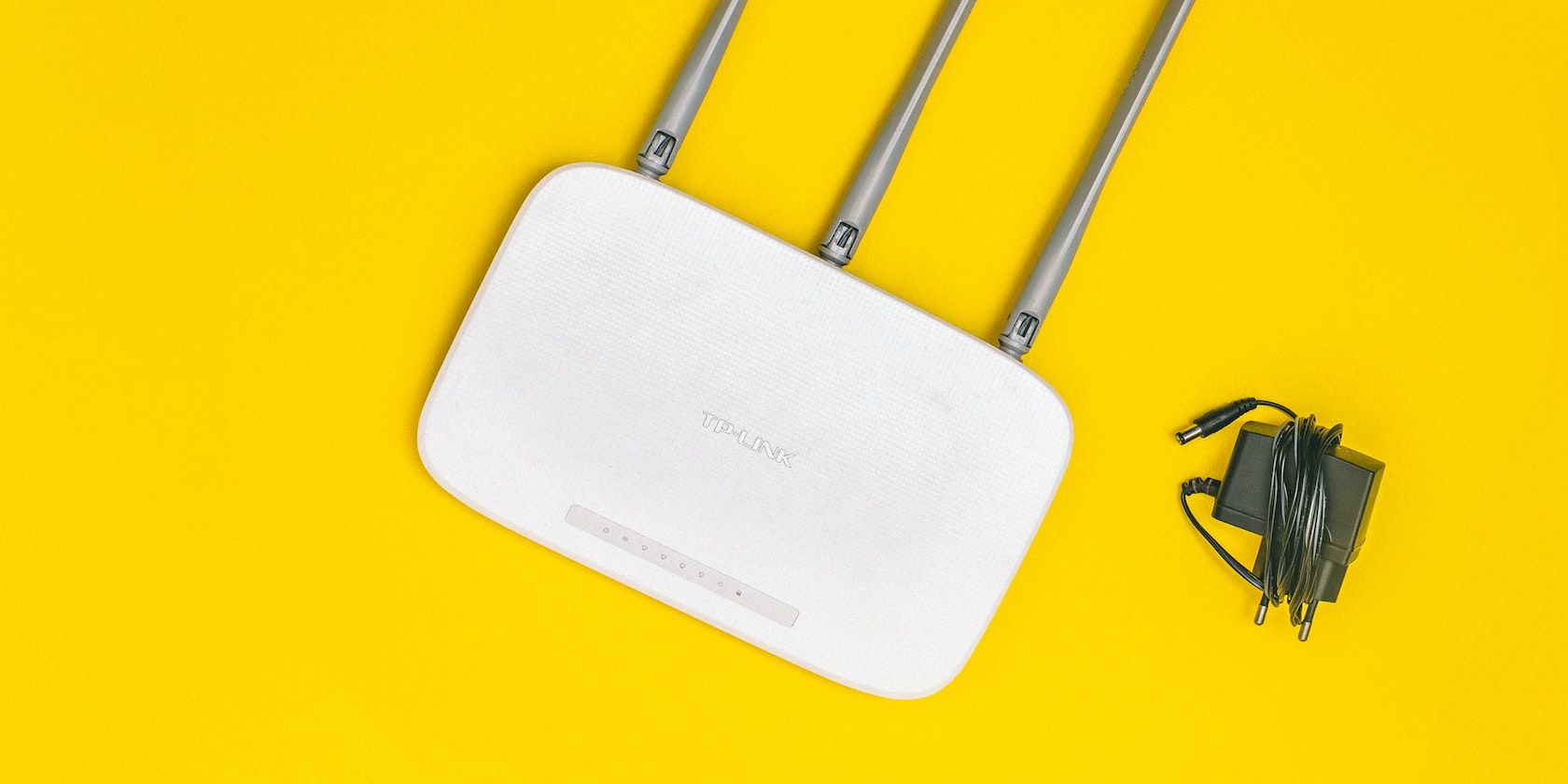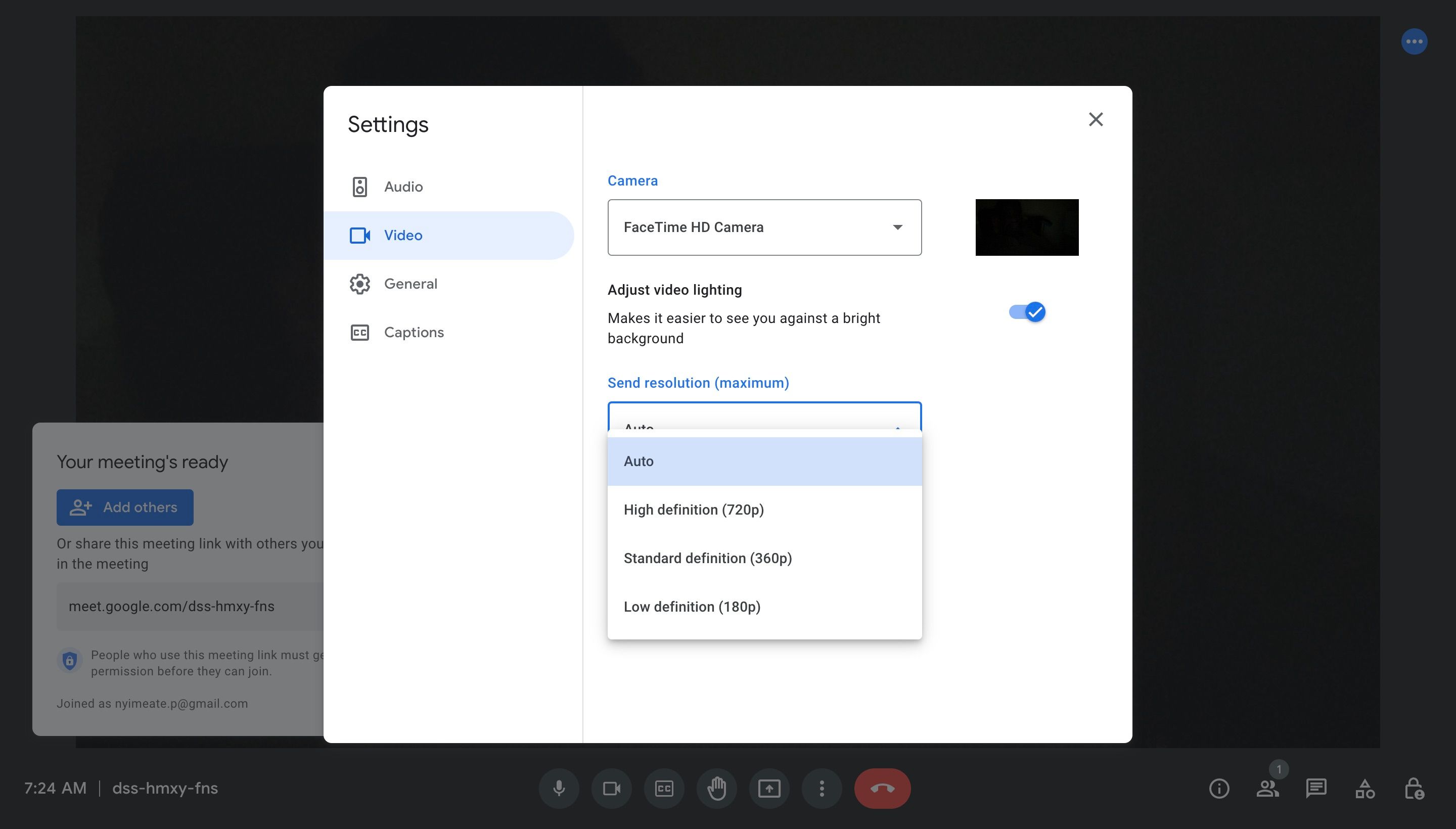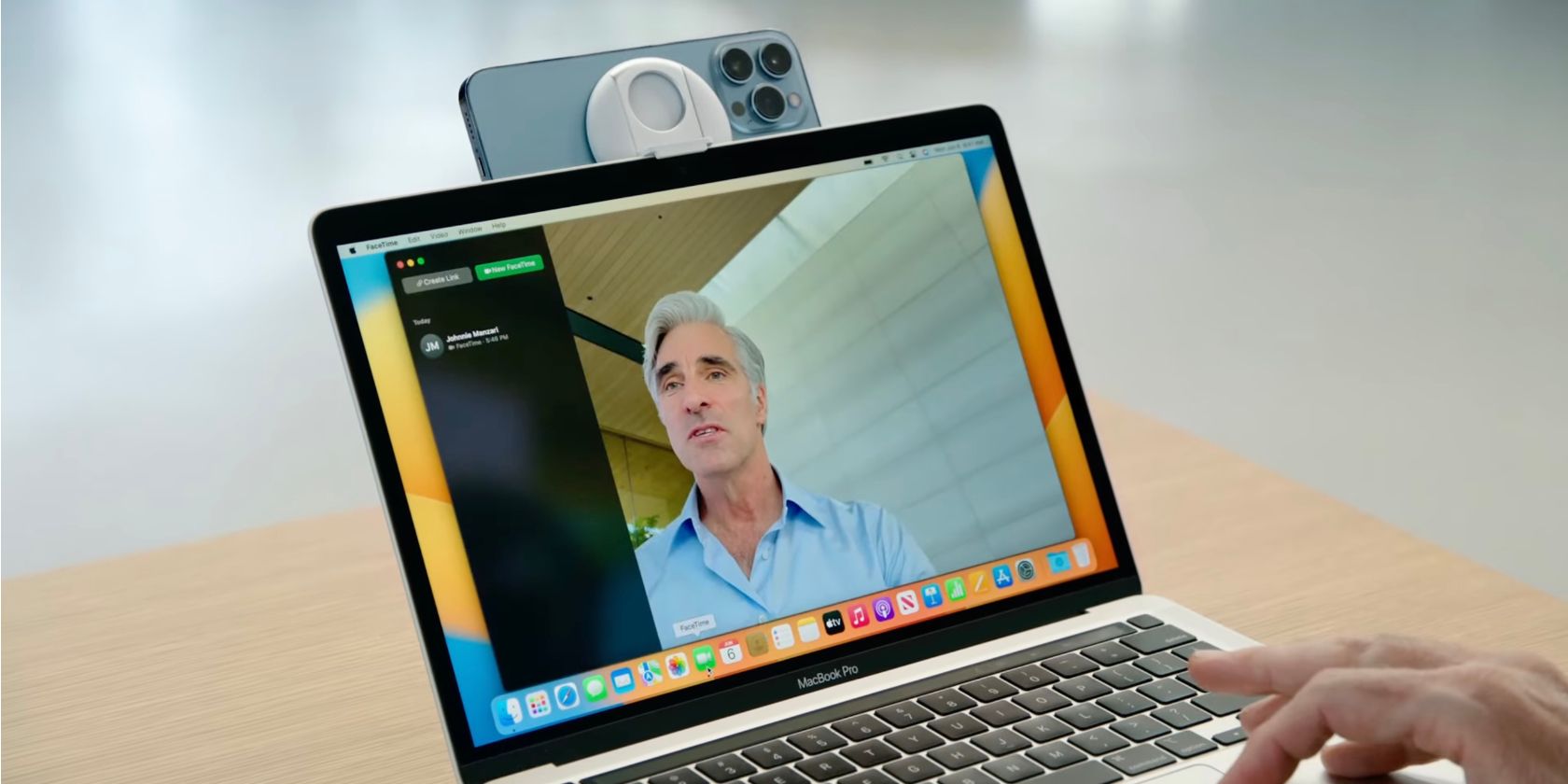Video calls are now an integral part of our post-lockdown world. Companies use them for meetings, societies for planning, and loved ones need them to catch up. Good video call quality can make this necessity a smoother experience and improve your general communication.
However, some people may not have good experiences while video calling on their Macs. The issues that may dampen your video call quality are sometimes things you can fix yourself. So, we've gathered a list of fixes you should look at to improve your video call quality.
Adjust the Lighting
If your Mac or MacBook's camera feed seems grainy, shadowy, and generally poor, it is most likely caused by poor lighting. A popular tip for taking good selfie photos is to find good lighting. The same science applies to your Mac's camera in video calls.
Before starting your video call, you might want to experiment with your room's lighting. If there are light switches you have left off, turn them on and experiment with various combinations till you find one that brings out the best in your camera. You can also take advantage of natural light if it's daytime and position yourself next to the window where the sunlight can fall on you.
You may also choose to go further down the artificial light path and buy some gear to augment (or replace) your room's light. For instance, you can get a ring light. They are cheap, easy to set up, versatile, and effective. If you need help choosing one, we've made a list of the best ring lights for selfies and videos.
Check Your Internet Connection
If your lighting is good and your video feed is still poor, then the next thing to check is your internet connection. Many video calling apps try to change their quality according to your internet speed. So, ensure your internet is strong and steady.
If an Ethernet connection is available to you, you should pick that over Wi-Fi. While it is less mobile, an Ethernet connection offers better speed and stability than a Wi-Fi connection ever can. We covered this in our article on the pros and cons of a Wi-Fi vs. Ethernet connection—you can read it for more info.
And if you're on Wi-Fi, you should reduce the strain on your network's bandwidth by disconnecting devices that aren't in use. You should restart your router if that doesn't seem to do much. You can read our guide for more ways to improve your Wi-Fi router speed.
Clean Your Webcam
Like every other camera, your Mac's webcam uses a glass lens to capture light. If this glass lens is dirty, it might obstruct or distort the light flow into your camera.
You can use a soft brush to remove the dust, then follow up with a microfiber lens cloth and cleaning solution to buff up the lens.
Cleaning your webcam regularly improves your camera quality during video calls and prolongs its lifespan.
Adjust the Settings for Video Calling Apps
Because many of the apps we use for video calls cater to a wide range of people with various internet reliability, many developers try to ensure their apps can reduce call quality as needed. While this is a good thing, it can become annoying if some of these features negatively affect you. We've listed a few popular apps and what to do to improve your call quality on them.
FaceTime
Unfortunately, FaceTime doesn't come with many settings you can tweak as other apps do. However, there are a few features you can activate that might help boost your presentation.
One of these features is Portrait mode, available on macOS Monterey (and newer versions), provided you have a Mac with Apple silicon. This mode blurs your background and puts visual focus on you, making your visage more enhanced.
Follow these steps to turn on Portrait mode:
- While in the FaceTime app, in a video call, open the Control Center in the menu bar.
- Click Video Effects by the top left and select Portrait.
- You can deselect it by clicking the Portrait button again.
Zoom
Zoom is the number one app that comes to mind when most people think of video conferences. Due to its popularity, Zoom has settings that may reduce your call quality by turning off HD videos.
So, follow these steps to enable HD videos on Zoom:
- Launch Zoom.
- Click the cogwheel icon in the upper right to open the settings.
- Now, select Video from the left pane.
- Click the HD box to toggle it on.
Google Meet
Google Meet automatically throttles your call quality depending on your internet. If you do want to keep it high all the time, you can do so in the app's settings.
You can follow these steps to increase your call quality:
- Open the menu by clicking the three vertical dots in the lower part of the screen while on a video call.
- Find the cogwheel icon and click it to open the settings window.
- Move over to the left pane in the settings window and select Video.
- Select the dropdown menu in Send resolution (maximum) and choose High definition (720p).
- Select the dropdown menu in Receive resolution (maximum) and choose High definition (720p).
Use an External Webcam
A MacBook may be insufficient if you need cutting-edge videos for your video calls, especially if you use a MacBook Air, which is limited to a 720p webcam—except for the 2022 model with the M2 chip.
An external webcam can solve this problem, as it will always be better than the built-in one because they are usually bigger and packs superior hardware. For around $100, you can get a decent 1080p webcam to upgrade your video quality.
After connecting your external device, don't forget to change the app's settings to use the camera. If you need help, we have previously covered how to change the camera for FaceTime.
Use Your iPhone as a Webcam
If your Mac is on macOS Ventura or later and you have an iPhone running at least iOS 16, you can take advantage of the Continuity Camera feature. You can use your iPhone's primary camera to replace your Mac's webcam within seconds.
Continuity Camera is neat because you don't have to spend extra money on an external webcam. Plus, the iPhone's camera quality is better than most webcams. It also works wirelessly and offers many unique features like Desk View (which allows you to show your face and what's on your desk simultaneously).
Enjoy Better Video Calls on Your Mac
These days, a good camera is as important as good clothes. It strikes a positive image on people who see you and improves overall communication.
Don't forget that proper lighting and a stable internet connection can make a night and day difference to the video call quality on your Mac. And before you look for another computer to handle video calls, make sure you're using the right camera settings on your Mac.
But if nothing helps, you can always use your iPhone as a webcam for free—unless you want to spend money on an external webcam.







